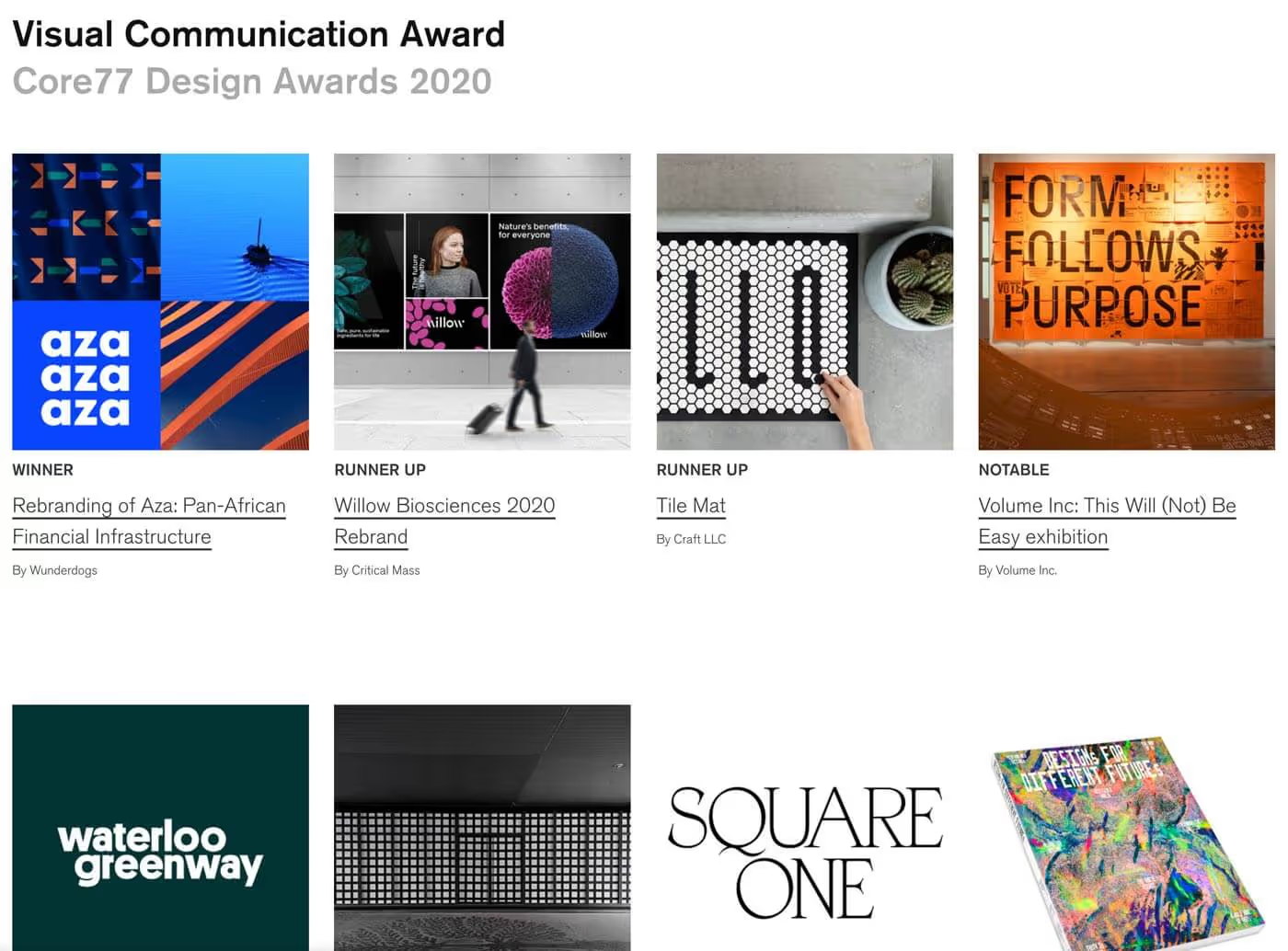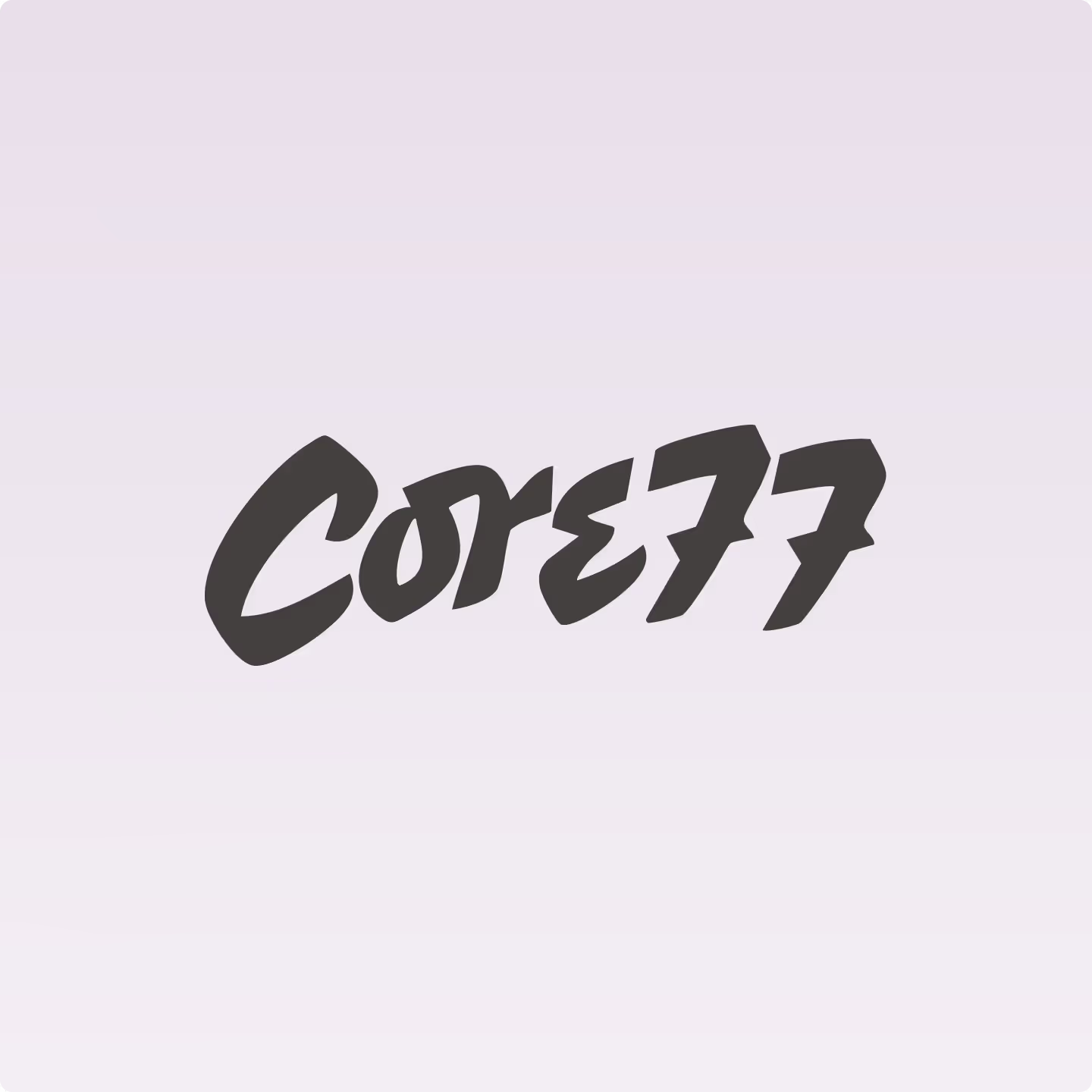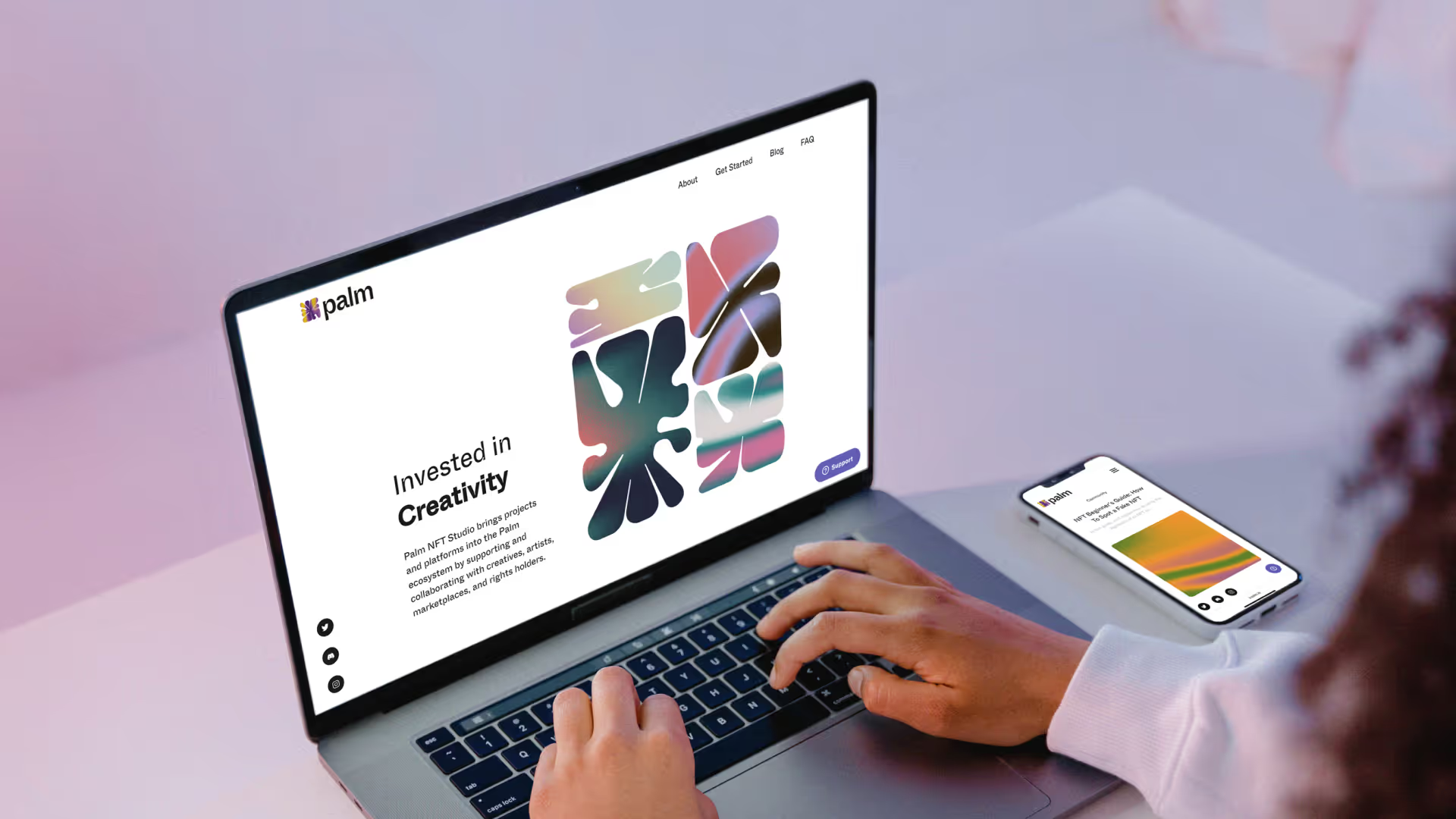Wunderdogs Agency have won the Visual Communication Category at this year's Core 77 Design Awards for their branding of AZA, a Nairobi-based financial technology company.

The Core77 Design Awards is a prestigious competition held by NYC-based Core77 magazine. Since the awards' inception in 2011, the program has welcomed nearly 10,000 entries across 18 design disciplines in over 49 countries around the world. The Core77 Visual Communication jury consists of esteemed design professionals such as Pentagram Partner Eddie Opara, Smart Design Director of Design Stephanie Yung, MAST Principal Shady Shahid and others.
“As a young agency, winning Core77’s Visual Communication Award is absolutely groundbreaking for both the team and for our future as a business. It is a great honor to be recognized alongside legendary agencies and designers, especially for one of the most interesting and challenging projects we’ve tackled to date. I am so grateful for having supported AZA’s team on their mission to facilitate the flow of currency into Africa” - said Daria Gonzalez, Wunderdogs’ co-founder.
When working with AZA, Wunderdogs sought to create a Pan-African brand for the continent’s leading financial technology company. Simply put, AZA helps foreign businesses transfer money into Africa: and African businesses transfer money out of the continent, bypassing the US Dollar intermediary currency. As a local and global enterprise the question the agency sought to answer was: how do you create a brand that honours it’s sub-saharan roots, appeals to all countries in the continent and resonates with global clients and investors? Wunderdogs answered that question successfully, with the resulting identity helping AZA secure $15M from the Development Bank of Southern Africa to aid its global expansion.
Joining Wunderdogs as 2020 winners in other categories are Microsoft, Google Hardware Design, Fuseproject, Pentagram, Studio O+A and other industrial, product and graphic design giants.
This year’s panel of judges highlighted the impressive thinking behind the brand infrastructure and visual narrative - specifically referencing the way the agency intelligently abstracted shapes from the flag-style logo and integrated them within the rest of the design language. When announcing the winner Pentagram partner Eddie Opera noted the way in which Wunderdogs drew on the geometric shapes found in African flags but not their colors, instead choosing to create a new palette for AZA through which the brand communicates with its audience. Bobby Martin, co-founder of Champions Design added “there was a lot of very good thinking that came to life in how the system was built”.

About Wunderdogs:
Wunderdogs is a tech-focused creative agency that provides strategy, design and production services to high growth businesses.
Aza project team:
Art Director: Natalie Shirokova
Senior Designer: Thalita Teglas
Strategy Lead: Anna Bogdanov
Head of Client Services: Oliver Fitz-Gibbon
COO: Olga Svitelska
CEO: Daria Gonzalez
Contact:
Inquiries: woof@wunderdogs.co
Press and Partnerships: daria@wunderdogs.co
To preview award-winning AZA case, visit Core77 page
Wunderdogs Agency have won the Visual Communication Category at this year's Core 77 Design Awards for their branding of AZA, a Nairobi-based financial technology company.

The Core77 Design Awards is a prestigious competition held by NYC-based Core77 magazine. Since the awards' inception in 2011, the program has welcomed nearly 10,000 entries across 18 design disciplines in over 49 countries around the world. The Core77 Visual Communication jury consists of esteemed design professionals such as Pentagram Partner Eddie Opara, Smart Design Director of Design Stephanie Yung, MAST Principal Shady Shahid and others.
“As a young agency, winning Core77’s Visual Communication Award is absolutely groundbreaking for both the team and for our future as a business. It is a great honor to be recognized alongside legendary agencies and designers, especially for one of the most interesting and challenging projects we’ve tackled to date. I am so grateful for having supported AZA’s team on their mission to facilitate the flow of currency into Africa” - said Daria Gonzalez, Wunderdogs’ co-founder.
When working with AZA, Wunderdogs sought to create a Pan-African brand for the continent’s leading financial technology company. Simply put, AZA helps foreign businesses transfer money into Africa: and African businesses transfer money out of the continent, bypassing the US Dollar intermediary currency. As a local and global enterprise the question the agency sought to answer was: how do you create a brand that honours it’s sub-saharan roots, appeals to all countries in the continent and resonates with global clients and investors? Wunderdogs answered that question successfully, with the resulting identity helping AZA secure $15M from the Development Bank of Southern Africa to aid its global expansion.
Joining Wunderdogs as 2020 winners in other categories are Microsoft, Google Hardware Design, Fuseproject, Pentagram, Studio O+A and other industrial, product and graphic design giants.
This year’s panel of judges highlighted the impressive thinking behind the brand infrastructure and visual narrative - specifically referencing the way the agency intelligently abstracted shapes from the flag-style logo and integrated them within the rest of the design language. When announcing the winner Pentagram partner Eddie Opera noted the way in which Wunderdogs drew on the geometric shapes found in African flags but not their colors, instead choosing to create a new palette for AZA through which the brand communicates with its audience. Bobby Martin, co-founder of Champions Design added “there was a lot of very good thinking that came to life in how the system was built”.

About Wunderdogs:
Wunderdogs is a tech-focused creative agency that provides strategy, design and production services to high growth businesses.
Aza project team:
Art Director: Natalie Shirokova
Senior Designer: Thalita Teglas
Strategy Lead: Anna Bogdanov
Head of Client Services: Oliver Fitz-Gibbon
COO: Olga Svitelska
CEO: Daria Gonzalez
Contact:
Inquiries: woof@wunderdogs.co
Press and Partnerships: daria@wunderdogs.co
To preview award-winning AZA case, visit Core77 page


.svg)

.avif)
.avif)
.svg)